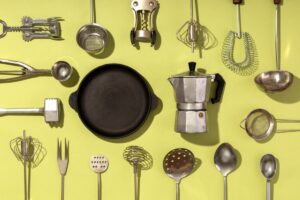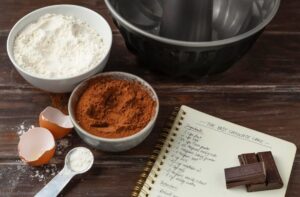The Food Blog
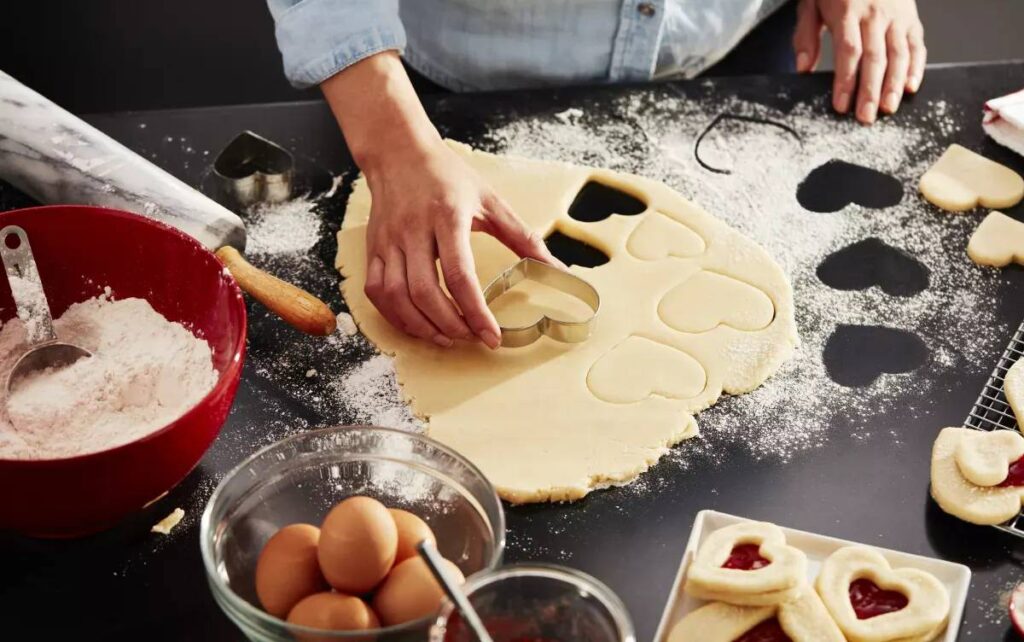
How to Master the Art of Making Pastries
Pastries are the pinnacle of baked goods, offering a delightful combination of light, flaky layers and rich, buttery textures. They elevate any meal or occasion, making them a staple in both home and professional kitchens. However, mastering the craft of pastry-making requires precision, patience, and an understanding of key techniques.
In this guide, we’ll explore essential pastry techniques, step-by-step recipes, and expert tips to help you create stunning pastries, including homemade croissants and delicate Danish pastries.
Why Pastries Are So Special
The appeal of pastries lies in their texture—crispy, flaky layers that melt in your mouth. Unlike simple cakes or bread, pastry-making relies on the careful balance of ingredients and techniques to achieve the perfect consistency.
Pastries are also incredibly versatile. Whether you’re making buttery croissants, delicate puff pastry tarts, or indulgent éclairs, there’s a pastry for every palate. By mastering a few fundamental skills, you can create both sweet and savoury masterpieces in your own kitchen.
Quick Guide: Mastering Pastry Making
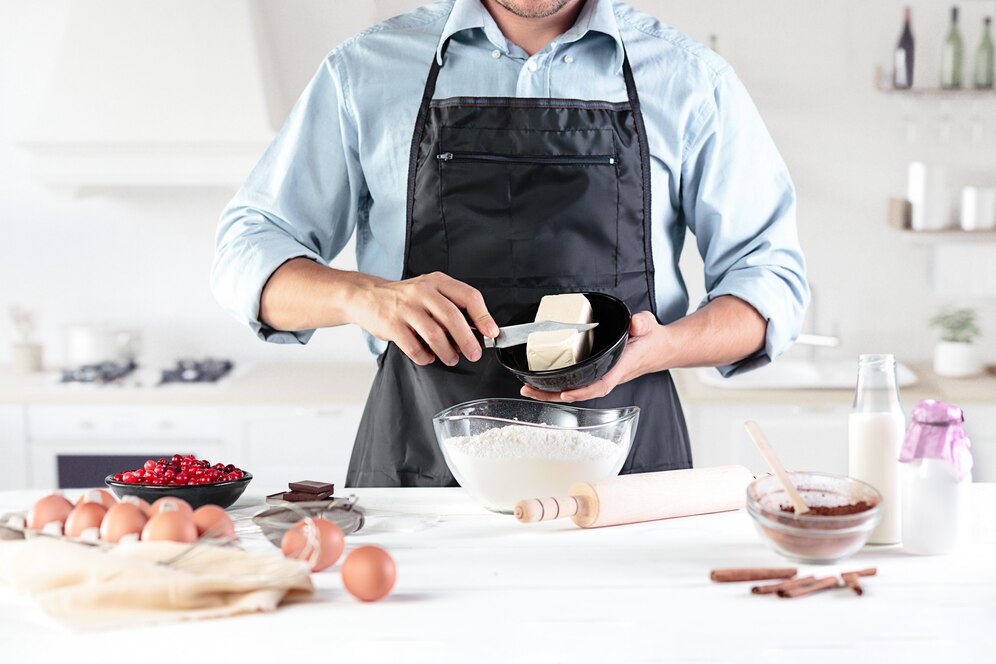
- Use High-Quality Butter: Always choose unsalted, high-fat butter for the best flaky texture. Ensure it’s cold for laminated pastries like croissants and puff pastry.
- Keep Dough Chilled: Refrigerate the dough between folding and rolling to keep the butter layers intact, which is crucial for flaky pastries.
- Handle Dough Gently: Avoid overworking the dough to prevent activating gluten, which can lead to tough pastries. Mix just until the dough comes together.
- Roll to the Right Thickness: Be mindful of the dough thickness—too thin and it will be brittle; too thick and it won’t rise properly.
- Let Dough Rest: Allow dough to chill and rest between steps to achieve the ideal texture and prevent shrinkage.
- Test for Flakiness: Ensure the pastry has a light, crispy texture by letting it cool slightly before serving.
Essential Techniques for Perfect Pastries
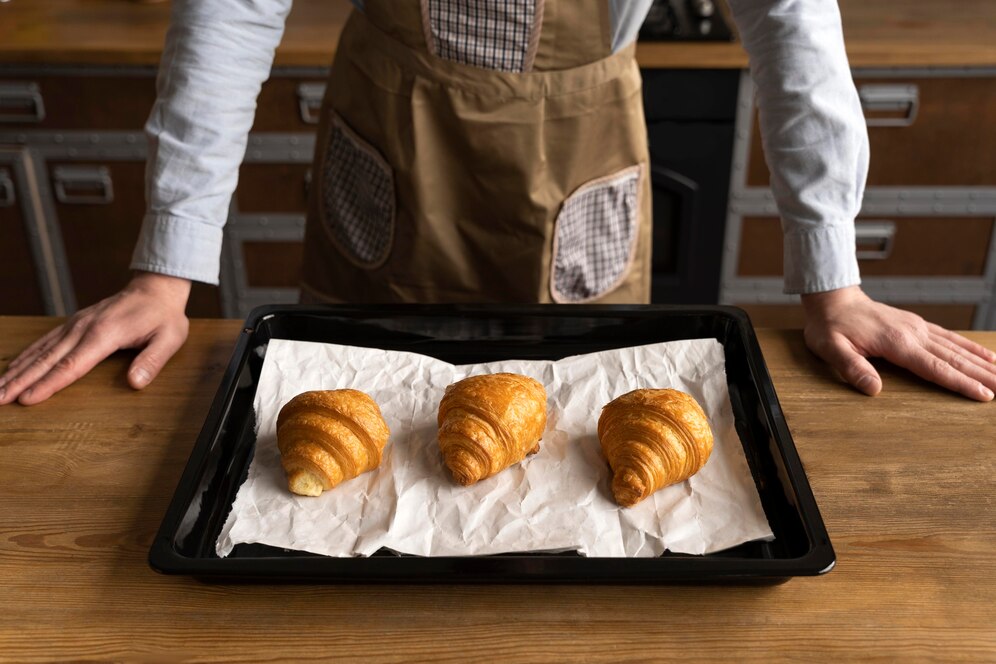
Understanding the Importance of Butter
High-quality butter is crucial for achieving the best results. Opt for high-fat, unsalted butter to ensure a rich, flaky texture. Avoid margarine or low-fat butter, as they lack the necessary fat content to produce the same effect.
For laminated pastries like croissants and puff pastry, the butter must be incorporated through a layering process. This technique, known as lamination, involves folding and rolling the dough multiple times to create delicate layers.
Keeping Your Dough Chilled
Temperature control is key to perfect pastry. Chilled dough helps maintain the integrity of the butter layers, ensuring a flaky texture when baked. Refrigerate your dough between folding steps and always work in a cool environment.
Important:
Chilling the dough is essential for creating layers, particularly in puff pastry. If the dough becomes too warm, the butter can melt into the dough, which will prevent it from puffing properly during baking.
Avoiding Overworking the Dough
Over-kneading or overmixing pastry dough can activate the gluten, resulting in tough pastries. Handle the dough as little as possible—just enough to bring it together. This is especially important for shortcrust pastry used in tarts and pies.
Mastering the Art of Layering and Folding
For laminated pastries like croissants, repeated folding and rolling create distinct layers. This technique traps air between layers of dough and butter, which expands during baking to create a light, airy texture.
To make croissants, roll out the dough, place a cold butter slab in the centre, and fold the dough over it. Roll and fold multiple times, chilling between each step, to build layers.
Pro Tip:
When making laminated pastries, such as croissants or Danish pastries, always ensure your work surface and hands are cool to prevent the butter from melting prematurely during the rolling and folding process.
Rolling to the Right Thickness
Rolling dough too thin can lead to dry, brittle pastries, while leaving it too thick may prevent proper rising. Follow recipe instructions for ideal thickness and use a well-floured surface to prevent sticking.
The Best Pastry Recipes to Try
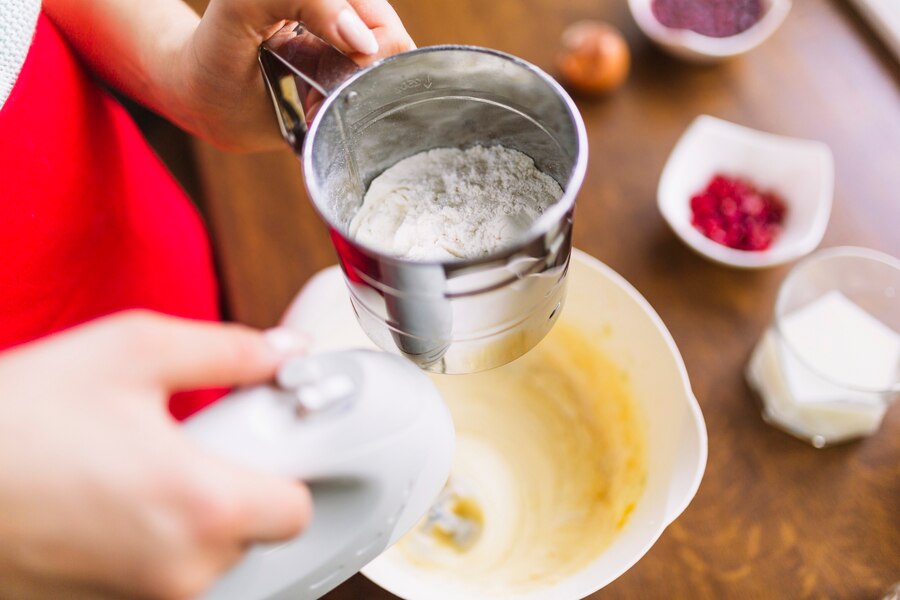
Homemade Croissants
Ingredients:
- 500 g strong white flour
- 10 g salt
- 60 g sugar
- 10 g instant yeast
- 300 ml cold water
- 40 g unsalted butter (softened)
- 250 g unsalted butter (cold for laminating)
- 1 egg (for egg wash)
Instructions:
- Mix the flour, salt, sugar, yeast, water, and softened butter into a dough.
- Knead for 10 minutes, then refrigerate for at least an hour.
- Roll the dough into a rectangle, place the cold butter in the centre, and fold the dough over it.
- Roll out the dough, fold it into thirds, and refrigerate. Repeat this process three times.
- Cut the dough into triangles, roll them into croissants, and let them rise.
- Brush with egg wash and bake at 200°C (400°F) for 20 minutes until golden brown.
Puff Pastry Tarts
Ingredients:
- 250 g puff pastry (store-bought or homemade)
- 200 g crème fraîche
- 100 g grated cheese
- 1 egg (for glazing)
Instructions:
- Roll out the puff pastry and fit it into a tart tin. Prick the base with a fork.
- Pre-bake at 180°C (350°F) for 10 minutes.
- Mix crème fraîche and cheese, then spread onto the pastry base.
- Bake for 15-20 minutes until golden and bubbly.
- Serve warm with fresh herbs or a drizzle of olive oil.
Danish Pastries
Ingredients:
- 500 g strong white flour
- 25 g sugar
- 10 g salt
- 1 packet of active dry yeast
- 300 ml warm milk
- 250 g unsalted butter (cold)
- 1 egg (for egg wash)
- 200 g sweetened cream cheese (for filling)
Instructions:
- Mix flour, sugar, salt, yeast, and warm milk to form a dough. Knead and chill for 1 hour.
- Roll the dough into a rectangle, place cold butter in between layers, and fold and roll as for croissants.
- Shape into circles or rectangles and fill with sweetened cream cheese or fruit preserves.
- Brush with egg wash and bake at 180°C (350°F) for 20-25 minutes until golden.
Expert Tips for Perfect Pastries
- Use high-quality flour: Strong white flour provides the best structure for pastry dough.
- Keep your workspace cool: This prevents butter from melting prematurely.
- Be patient: Allow the dough to rest and chill for the best texture and flavour.
- Test your pastry: Let pastries cool slightly before serving to enhance their flavours.
Frequently Asked Questions About Pastry Making
Why is my pastry not flaky?
This can happen if the butter melts into the dough before baking. Ensure your dough stays cold, use high-fat butter, and avoid overhandling it.
How do I prevent my pastry from shrinking?
Chilling the dough before baking helps prevent shrinkage. Avoid stretching the dough when fitting it into a tart tin.
Can I freeze pastry dough?
Yes! Most pastry doughs freeze well. Wrap tightly in plastic wrap and store in an airtight container for up to 3 months.
How do I get a golden, glossy pastry crust?
Brushing the pastry with an egg wash (a beaten egg with a little milk or water) before baking will create a beautiful golden sheen on the crust.
Can I use salted butter instead of unsalted?
It’s best to use unsalted butter to control the salt content in your recipe. If using salted butter, reduce the added salt in the dough.
Why does my puff pastry not rise properly?
Ensure you’re using cold butter and folding the dough correctly. Also, bake at a high temperature (200°C/400°F) to encourage proper puffing.
Master Pastry Making
Pastry-making requires precision and patience, but with the right techniques, you can create bakery-worthy treats at home. Whether you’re a beginner or an experienced baker, these recipes and tips will help you master the art of flaky, buttery pastries. So, roll up your sleeves and start baking—your perfect pastry masterpiece awaits! Happy baking!



